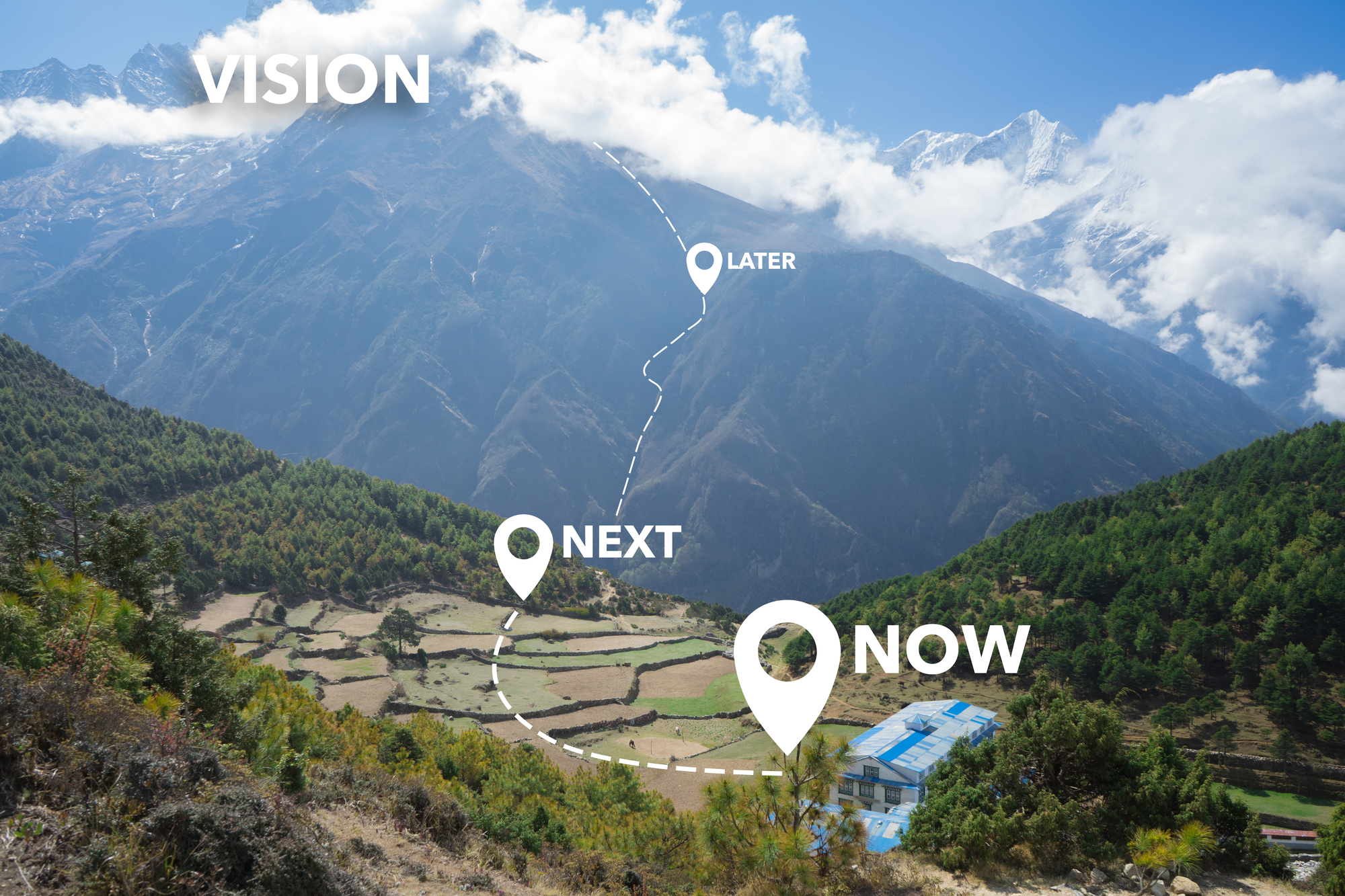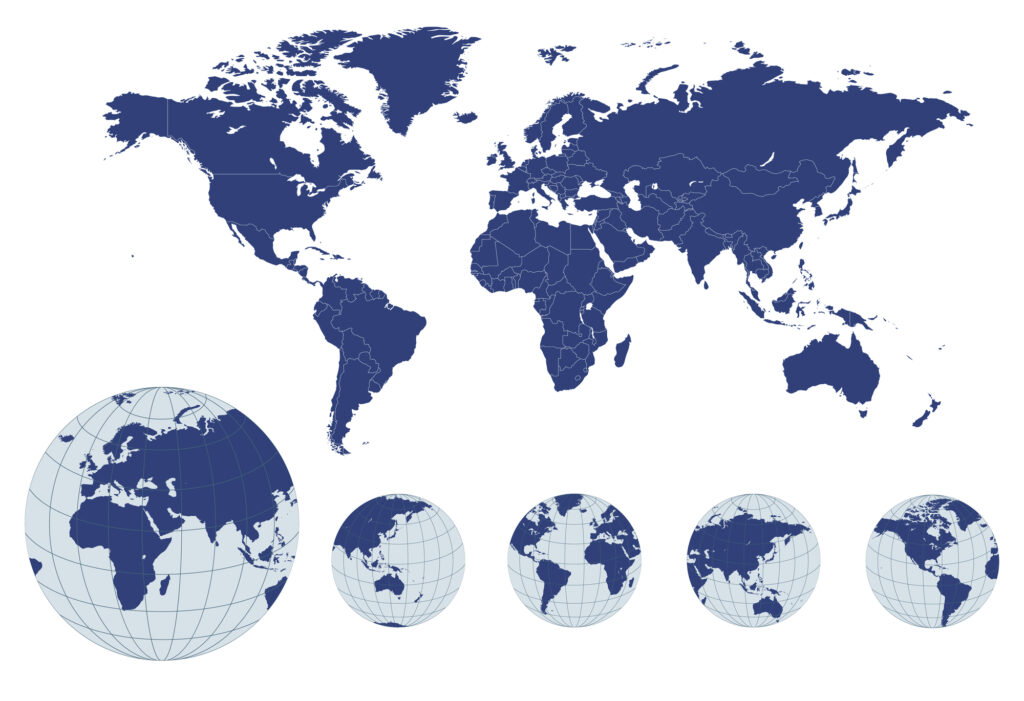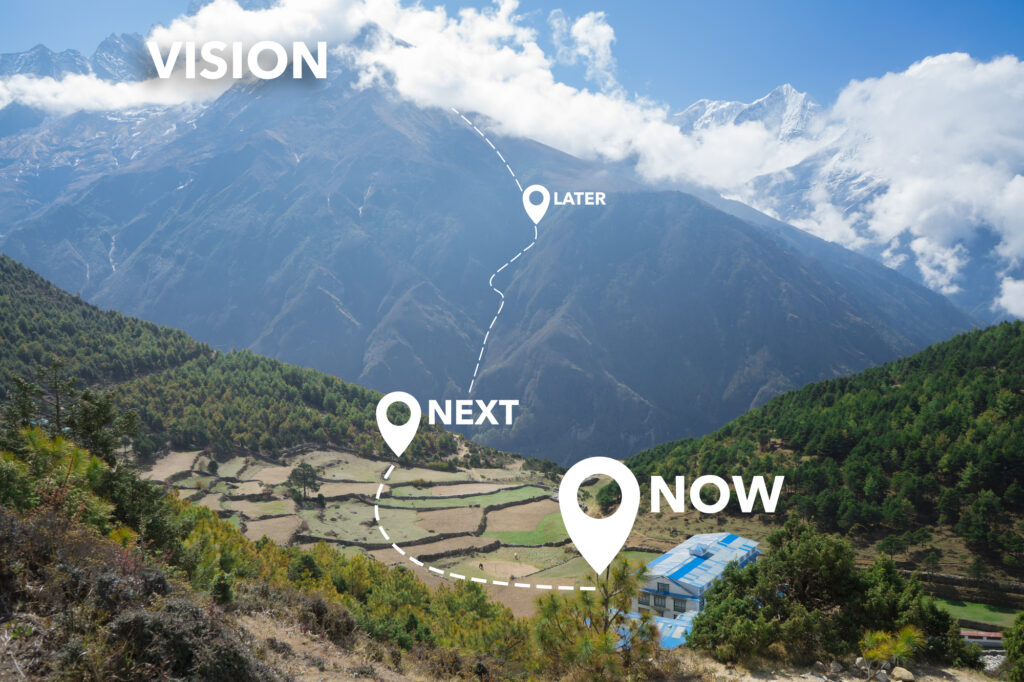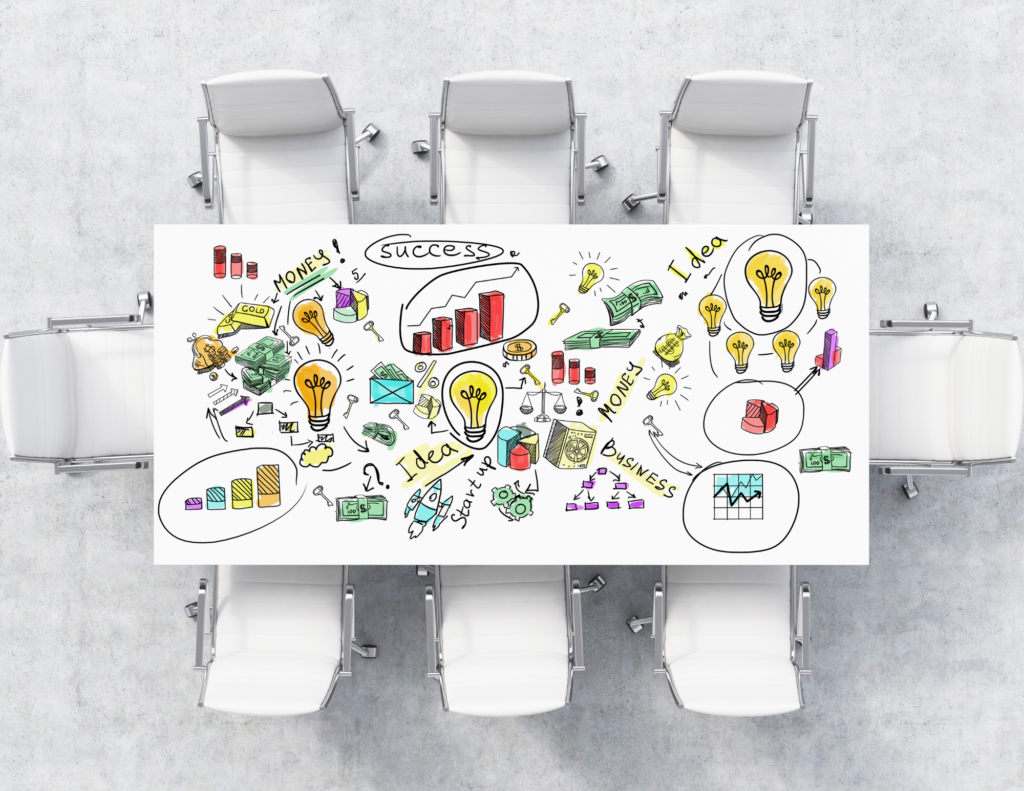By balki | November 28, 2023 | 0 Comment

Unlocking the full potential of a B2B SaaS company demands more than just groundbreaking technology—it requires a perfect concoction of innovation, leadership, and dedication to customer success. As an engineering leader navigating the AI/ML-driven landscape, I understand the pivotal role a Chief Technology Officer (CTO) plays in sculpting the technological future of an organization.
In the spirit of agile leadership and collaboration, it’s important that the welcome of a new CTO is marked not just by warm greetings or gnarly right-of-passage projects but by an unparalleled gift—a complete picture of the organizational context embodying the company’s ethos and processes. This gift, meticulously crafted by your executive and engineering teams, can incorporate the essence of any growing SaaS company’s brand: a commitment to engineering-focused progress, aligning teams, and steering towards world-class customer outcomes at scale.
Now this venture to encapsulate the entire context of an organization into a notion document or a slide-deck is not for the weak-hearted as you may have already guessed. But I can assure you that it can be done. And you will thoroughly enjoy this learning experience. I will even venture to say, this is a gift for yourself! I have exercised this idea at 3 different organizations with high ROIs. I hereby present you an outline of how I developed this “gift”.
Obviously people are the most important part of an organization, right? We want to document the current “people” state of the organization.
Start by simply documenting the high-level org matrix, the departments, various teams, the leaders at each level, the geographic locations (assuming a distributed company). Include a link to the full list of team members within the engineering or with as much detail as possible about each individual. Your internal wiki landing pages for each engineering team would be an awesome touch!

A huge bonus would be for each of the current key leaders to provide their Point of View about the engineering organization.
The bond between the engineering team and other departments is crucial. Working closely with Product, Design, Marketing, Sales, Support, HR, Implementations, and Finance isn’t just convenient – it’s vital for this new leader’s success. These connections drive innovation, ensuring our tech aligns with market needs and company goals. To strengthen these ties, I’ve created a Relationship Maturity Matrix. It’s a tool to dig deep into our relationships, uncovering what we’re great at and where we can improve. This matrix helps us understand our strengths, spot opportunities, tackle weaknesses, and prepare for any potential threats. It’s all about enhancing teamwork, refining our ways of working together, and making the most of every department’s strengths. Send me a direct message in your choice of social channel (LinkedIn, Twitter, email, WhatsApp, Slack etc.) if you want access to this matrix.

Software Engineering Excellence is vital for any engineering team. As the new head of engineering, it’s crucial because it sets the quality standard and efficiency levels. Building & documenting technical maturity, from code practices to DevOps, ensures current success and future adaptability. It’s the foundation for a culture of growth and drives the team toward top-tier engineering standards.
Arguably this is the core of any engineering leader’s mission at a growing SaaS company. As part of this section, you should cover an exhaustive list of elements including:
Code Coverage: Detail the extent to which your codebase is covered by automated tests. High coverage ensures more reliable software and reduced chances of bugs slipping into production.
Code Review Process: Describe the workflow for code reviews – current state and the gaps.
DevOps Culture & Mindset: Highlight the integration between development and operations teams, emphasizing the extent of collaboration, automation, and continuous integration/continuous deployment (CI/CD) pipelines.
Architecture Artifacts: Showcase comprehensive blueprints of the software design & systems – do it from every angle you can think of – especially from application workflow, networking, and infrastructure perspective. You are not going overboard even if you set up a series of sessions to go over the entire architecture. Depending on the complexity, 3-5 sessions just for architecture overviews is not uncommon. To sweeten the deal, have an open invitation to others in the organization (especially other newer members of the engineering team)to join these sessions and learn alongside their new fearless leader.

Quality Practices: Outline methodologies and best practices adopted to ensure high-quality deliverables, emphasizing testing strategies, and robust quality processes.
Software ToolBox – Engineering & Companywide: List the tools and technologies utilized within the engineering team and across the company. Explain how these tools facilitate efficiency, collaboration, and innovation. Make this list easy to digest with special emphasis on ROI when it is time for annual budget conversations.
Security – Corporate & Application: Detail the security measures in place at both corporate and application levels. This should include but not limited to encryption practices, access controls, vulnerability assessments, and ongoing security audits to safeguard data and systems.
Delivery within a software engineering organization is the lifeblood that transforms concepts, ideas and strategies into reality. While technical maturity and strategic focus set the stage, it’s the ability to swiftly deliver and adapt that ensures survival+growth, especially for venture-backed startups. Agility in execution allows for rapid iterations, responding promptly to market shifts, and swiftly meeting customer demands. Without this agility, even the most innovative ideas could stagnate, hindering growth and potentially leading to failure in a competitive landscape where speed and adaptability are non-negotiable.
Most engineering orgs these days follow some version of the agile project management process. So include the high level details of such elements as sprint processes, metrics, known gaps and risks, etc.

Wherever you are on the maturity journey with your release cycles, whether its high-touch scheduled releases, or ondemand deploys, or fully automated incremental releases, definitely document the underlying processes and share with your incoming leader. As a cherry on top, gather all the metrics of historic releases, preferably represented in the spirit of DORA metrics.
A sign of maturity and adoption of your product is that your software breaks in production – no joke! And when critical software breaks in production, you should be ready to support it – quickly & intentionally. That leads to an on-call process, whether you and your teams like it or not. Even if you don’t have a formal process, document everything you know and want to / could not implement in the direction of an on-call process. You want to be hyper-transparent with everything.
“In software, the key is not to impose your view on the world but to attract people to a new one.” – Bill Gates
You are likely inviting this new leader to the organiztion to set a vision and strategy. Even still, I highly recommend you document and share the current strategy or lack thereof to give them a running start. I can guarantee they will thank you for this gift.
I fully empathize with everyone who claims this is easier said than done, so I unpacked the elements of a software engineering org’s strategy below.
Engineering Roadmap: In a B2B software company, the Engineering Roadmap serves as the navigational blueprint, outlining the trajectory of technological advancements and enhancements. It should align the team with overarching business goals, detailing upcoming features, improvements, and infrastructure updates. If you don’t have one, it’s not too late to initiate one before the new leader starts. It can be something as simple as a list of prioritized tech debt & tech excellent projects your engineers have been asking for.

Product Roadmap: Hopefully your product leader (in many cases the CEO/founder plays this role) has some version of a product roadmap that you can share with the new CTO. I recommend adding an engineering perspective to this market-facing product roadmap for additional context.
OKRs, Quarterly & Annual Planning: OKRs or other planning tools can be double-edge swords often too restrictive and impractical in high-growth companies. In spite of that, I highly recommend you document any formal or informal methods you have used (aka tried) in order to apply methods to madness in terms of planning.
Here are some common planning tools I came across.
My personal definition of culture is highly pragmatic. Culture to me is the way a company accomplishes the business goals via a concrete system of setting and measuring goals and reinforced by leaders who are well-versed in the cultural tools inspired by the vision, mission and values.
*Culture tools are those powerful, reinforcing pillars to help in the journey. Some examples are:
Learning & Development Resources for Individual Contributors: Any curated array of resources aiding in continuous learning, that ensure team members have access to platforms fostering personal and professional growth.
Conference and Learning Budgets: Allocated dedicated budgets (if any) for engineers to attend industry conferences and workshops, enabling exposure to the latest trends and best practices in the field. Include any record of previously attended conferences and learning tools.
Engineering Leader Circles: Do you have any established or informal forums that encourage collaboration among engineering leaders, facilitating knowledge sharing and the exploration of innovative solutions? If so, definitely highlight those in this State of the Union document.
Intellectual Property & Moats: If you prioritize the identification, protection, and utilization of intellectual property as a strategic asset… Well, you ought to share that with your new leader.

Hackathons: If you have done any (ir)regular hackathons to foster cross-team collaboration, and to empower creative problem solving include links to the ideas generated, and outcomes from such events.

Engineering Lightning Talks: I am a big fan of regular lightning talks within engineering + product teams. If you have a similar concept, drop a link to the tracker in this generous document you are creating 🙂
In this blog, I detailed an unconventional gift to your new incoming Chief Technology Officer (CTO) — a highly intentional document outlining the company’s ethos, strategies, and practices focused on the engineering department. This gift, designed to empower and guide the new CTO, encapsulates the organization’s commitment to innovation, collaboration, and world-class business outcomes. If you’re interested in delving deeper into my own learnings leveraging this gift, reach out to me any time!